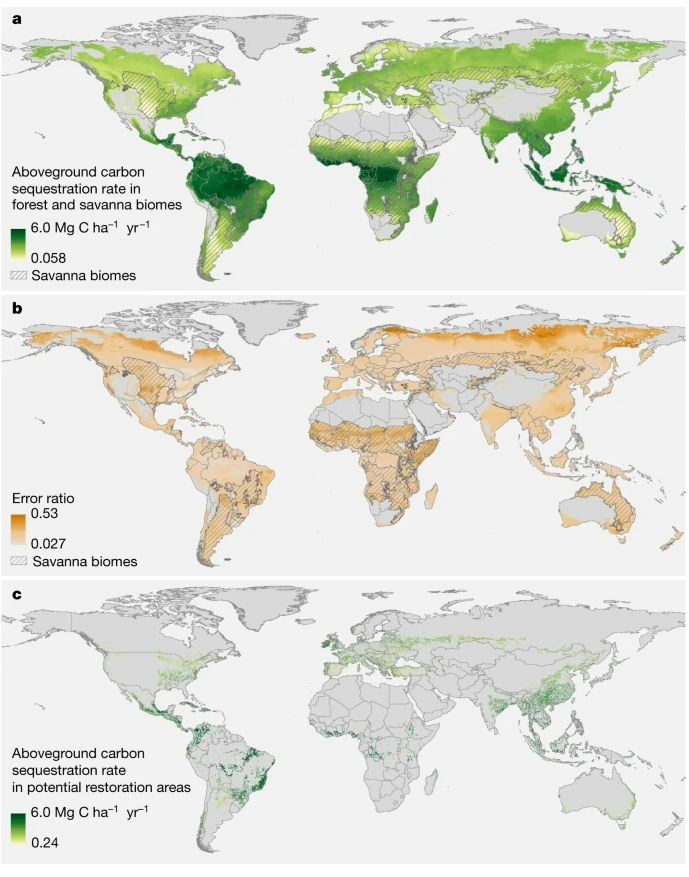
How is a 1.5°C scenario defined?
It should be simple to define? No? These are the definitions used in IPCC SR15, which has three types of 1.5°C scenarios depending on "overshoot".
This has implications...
1/
It should be simple to define? No? These are the definitions used in IPCC SR15, which has three types of 1.5°C scenarios depending on "overshoot".
This has implications...
1/

The Paris agreement has "well below 2°C ... pursing ... 1.5°C". A broad interpretation would be somewhere between 1.5°C-2°C (closer to 1.5°C).
This is where the SR15 scenarios go. The 1.5°C scenarios are generally below 1.5°C except for a period of over 1.5°C.
And so?
2/
This is where the SR15 scenarios go. The 1.5°C scenarios are generally below 1.5°C except for a period of over 1.5°C.
And so?
2/

This 'overshoot' has big implications for Carbon Dioxide Removal (CDR). Here is CDR just from BECCS... Add on top of this CDR from afforestation!
Choosing aggressive definitions of 1.5°C generally requires assuming more CDR. Which is fine, as long as this trade-off is clear.
3/
Choosing aggressive definitions of 1.5°C generally requires assuming more CDR. Which is fine, as long as this trade-off is clear.
3/

There is no doubt (in my mind) the definitions of 1.5°C used in SR15 were heavily dependent on the scenarios available at the time. That does not mean these are the best definitions.
Worth noting there were no 1.5°C scenarios with >66% probability of <1.5°C (see footnote).
4/4
Worth noting there were no 1.5°C scenarios with >66% probability of <1.5°C (see footnote).
4/4

• • •
Missing some Tweet in this thread? You can try to
force a refresh















